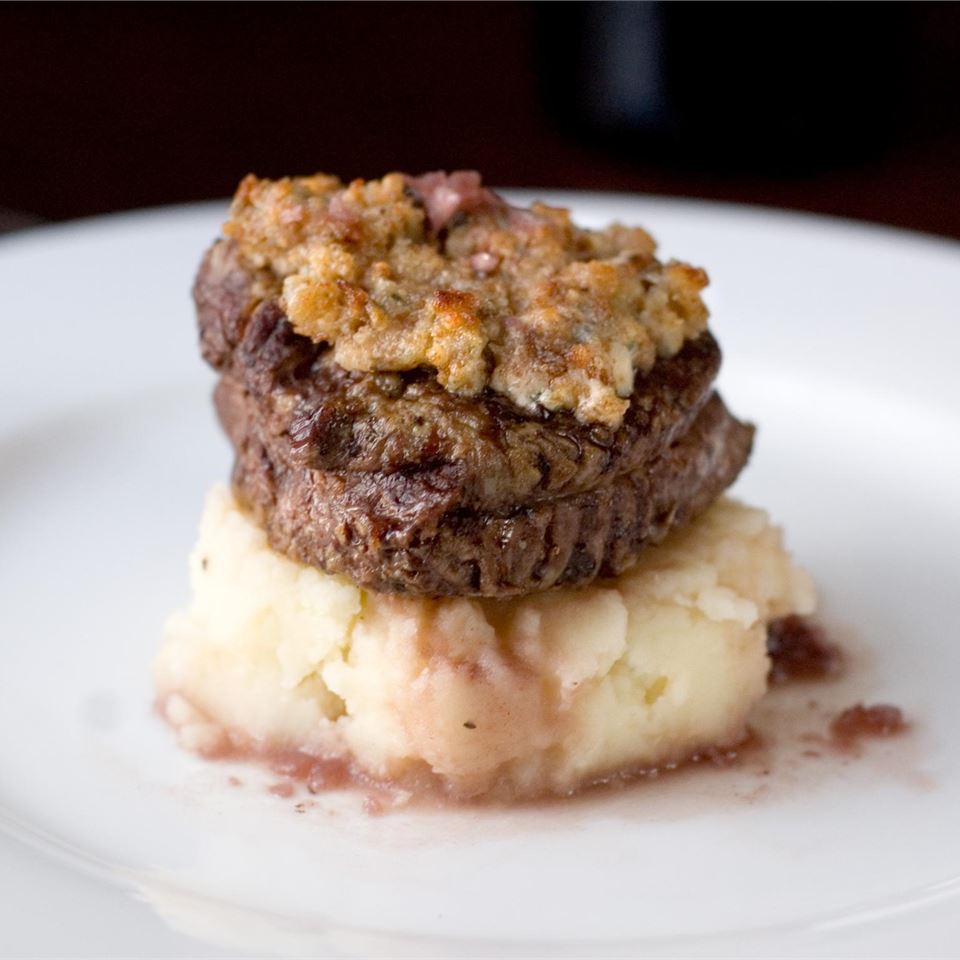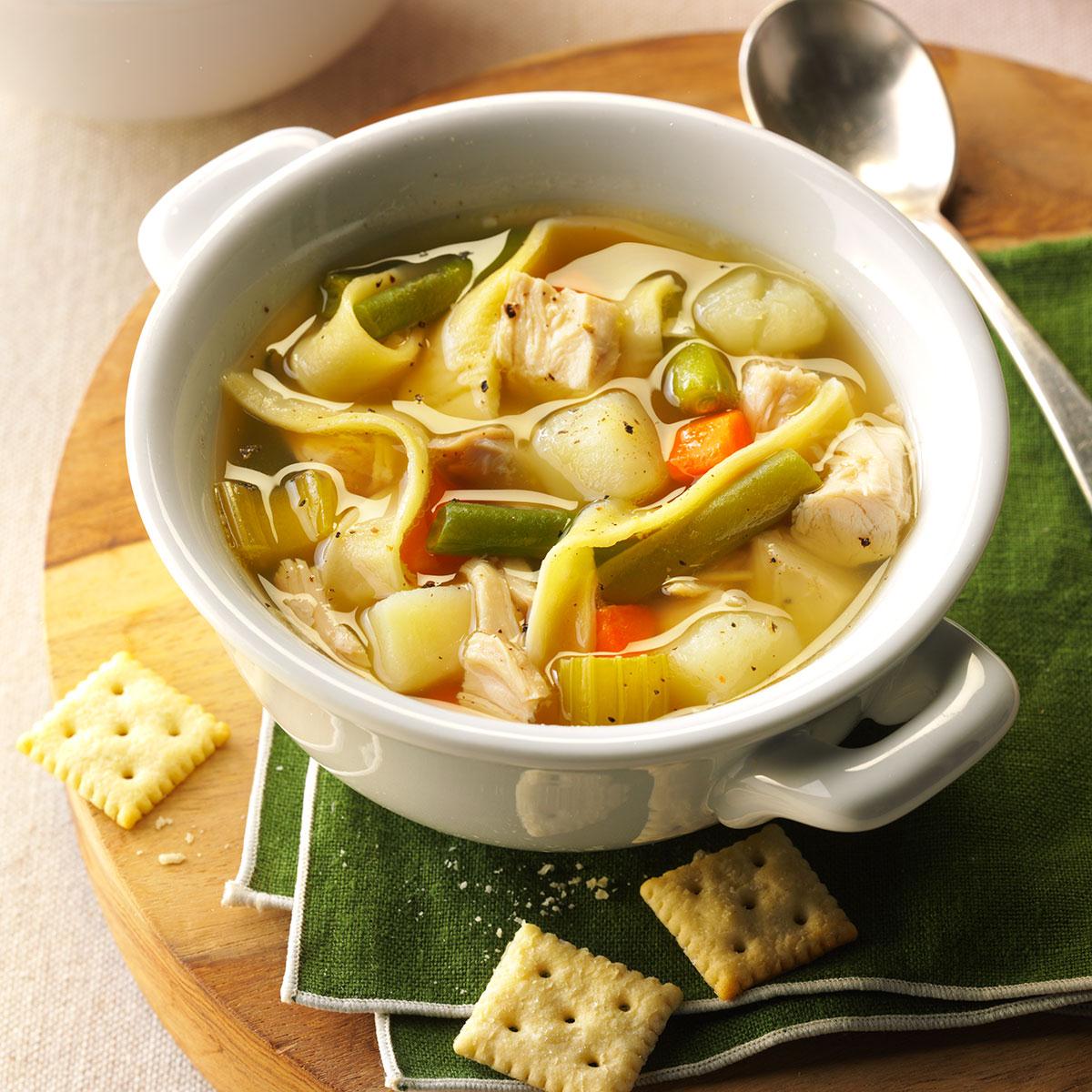Indulge in the savory delights of Nona's Soy Sauce Eggs Ramen Eggs, a culinary masterpiece that combines the umami-rich flavors of soy sauce with the lusciousness of perfectly cooked eggs. These delectable eggs, also known as Ajitsuke Tamago in Japanese cuisine, elevate any ramen bowl or appetizer platter with their tender texture, vibrant color, and burst of flavor. Join us on a culinary journey as we explore two enticing recipes that showcase the versatility of these soy sauce eggs: a classic variation and a spicy twist infused with chili oil. Prepare to tantalize your taste buds and elevate your ramen experience to new heights.
Check out the recipes below so you can choose the best recipe for yourself!
SOY-MARINATED RAMEN EGGS

Delicious Soy marinated eggs, perfect for a warming bowl of Ramen soup, for other noodle and rice dishes or even as a snack. A delicious blend of soy sauce, mirin, garlic and ginger for wonderfully sweet and salty, divinely marinated eggs!
Provided by Samira
Categories Snack
Time 3h6m
Number Of Ingredients 8
Steps:
- Carefully prick the large end of the eggs with a needle or an egg piercer. This will allow the air to escape the shell to give you a smooth, rounded end to your egg.
- Bring plenty of water to boil and add 1 tBsp white vinegar. This will help make the eggs easier to peel, which is crucial to a perfect 'aesthetical' marinated egg. The marinade will cling to any imperfections in the egg otherwise, making them obvious.
- Carefully dip the eggs in the boiling water and boil for exactly 6 minutes. Timing is critical to keep a slightly runny yolk.*
NONA'S SOY SAUCE EGGS - RAMEN EGGS

A very simple recipe using my favorite food, soy sauce, for marinating boiled eggs. You can eat these eggs simply sliced or whole. I admit, I love these eggs served simply or in ramen and have them often in my refrigerator for a quick snack. If you like you can add many other ingredients to the marinade such as garlic, gochujang, miso, tobandjan, tenmenjan, tabasco or other hot sauces. These eggs are often served in ramen in Japan. For an authentic Japanese ramen style eggs, boil for 6-7 minutes only for softer yolk.
Provided by Rinshinomori
Categories Very Low Carbs
Time 9m
Yield 6 eggs
Number Of Ingredients 5
Steps:
- Place the eggs in a sauce pan. Cover with enough water so that eggs are submerged and bring the water to boil.
- As soon as the water comes to boil, turn off the heat and cover the pan. Let it sit 8 to 9 minutes. If you like less cooked eggs such as in ramen style eggs, let it sit 6 minutes only for softer yolk.
- Plunge the eggs in cold water and crack the shell all around and soak in cold water for 5 minutes or so (this makes it easier to peel). Shell the eggs under running water. I find peeling from the the pointed side of the egg first makes it easier to peel.
- Combine vinegar, soy sauce, sugar, and sesame oil in a small pan and heat to boiling. As soon as it boils, remove from heat and let it cool a bit. Place the eggs in a large plastic bag or a plastic container and pour the marinade in and marinate for at least 24 hours, moving the eggs around from time to time.
- Remove the eggs and cut in half length ways. Serve simply or top with condiments of your choice such as a bit of mayo, softened cream cheese, etc.
Nutrition Facts : Calories 83.1, Fat 5.3, SaturatedFat 1.6, Cholesterol 211.5, Sodium 405.2, Carbohydrate 1.4, Fiber 0.1, Sugar 1.2, Protein 6.9
SOBA NOODLES WITH CHICKEN AND SNAP PEAS
A simple sesame-soy dressing coats chewy soba noodles, tender chicken and crisp sugar snap peas in this dish that's good at room temperature or cold. It's a great way to use leftover or store-bought rotisserie chicken, but also works well without. You can double up on the snap peas instead or fold in other vegetables, like grated carrots, shredded cabbage or thinly sliced bok choy. The quick daikon pickles add a bright tangy crunch, but you can skip them and still enjoy this one-bowl meal.
Provided by Genevieve Ko
Categories dinner, lunch, weekday, noodles, main course
Time 20m
Yield 4 servings
Number Of Ingredients 11
Steps:
- Bring a large saucepan of water to a boil. Meanwhile, mix the vinegar, 1 tablespoon honey and 1 teaspoon salt in a small bowl. Add the daikon and press into the mixture to submerge as much as possible. Let stand until ready to serve, mixing occasionally.
- Add 1/4 cup salt to the boiling water. Add the snap peas and cook just until bright green and tender, about 30 seconds to 1 minute. Using a spider or slotted spoon, transfer to a colander and immediately rinse under cold water until cool. Drain well.
- Add the noodles to the boiling water. Cook, stirring occasionally, until just tender, 4 to 8 minutes. Drain, rinse under cold water until cool and drain again.
- While the noodles cook, whisk the soy sauce, sesame oil, red-pepper flakes and remaining 2 tablespoons honey in a large bowl. Add the chicken, soba and snap peas and toss until evenly coated. Season to taste with salt.
- Divide among bowls. Drain the daikon pickles and arrange on top, then garnish with the scallions, sesame seeds and additional red-pepper flakes.
Nutrition Facts : @context http, Calories 559, UnsaturatedFat 11 grams, Carbohydrate 63 grams, Fat 17 grams, Fiber 5 grams, Protein 38 grams, SaturatedFat 4 grams, Sodium 761 milligrams, Sugar 18 grams, TransFat 0 grams
Tips:
- Use a good quality soy sauce. Choose a soy sauce that is dark in color and has a rich flavor.
- Use fresh eggs. Fresh eggs will have a better flavor and texture than older eggs.
- Marinate the eggs for at least 6 hours, or overnight. This will allow the flavors of the soy sauce and other ingredients to penetrate the eggs.
- Bring the eggs to a boil, then immediately remove them from the heat. This will prevent the eggs from overcooking and becoming tough.
- Transfer the eggs to an ice bath to stop the cooking process. This will also help to preserve the color of the eggs.
- Peel the eggs before serving. The shells should come off easily after the eggs have been marinated.
- Slice the eggs in half and serve them with your favorite toppings. Some popular toppings include green onions, sesame seeds, and nori.
Conclusion:
Nona's soy sauce eggs are a delicious and versatile dish that can be enjoyed in many different ways. They are perfect for a quick snack, a side dish, or a main course. With just a few simple ingredients, you can make these eggs at home and enjoy their unique flavor. So next time you're looking for a new recipe to try, give Nona's soy sauce eggs a try. You won't be disappointed!
Are you curently on diet or you just want to control your food's nutritions, ingredients? We will help you find recipes by cooking method, nutrition, ingredients...
Check it out »
You'll also love






